
ISO 10993-1 Biological Evaluation of Medical Devices
iso 10993-1:2020is the latest version in the ISO 10993 series, focusing on the biological evaluation of medical devices. It provides guidance for manufacturers on how to assess the safety of medical devices and materials in contact with the human body, ensuring they do not cause adverse biological reactions.
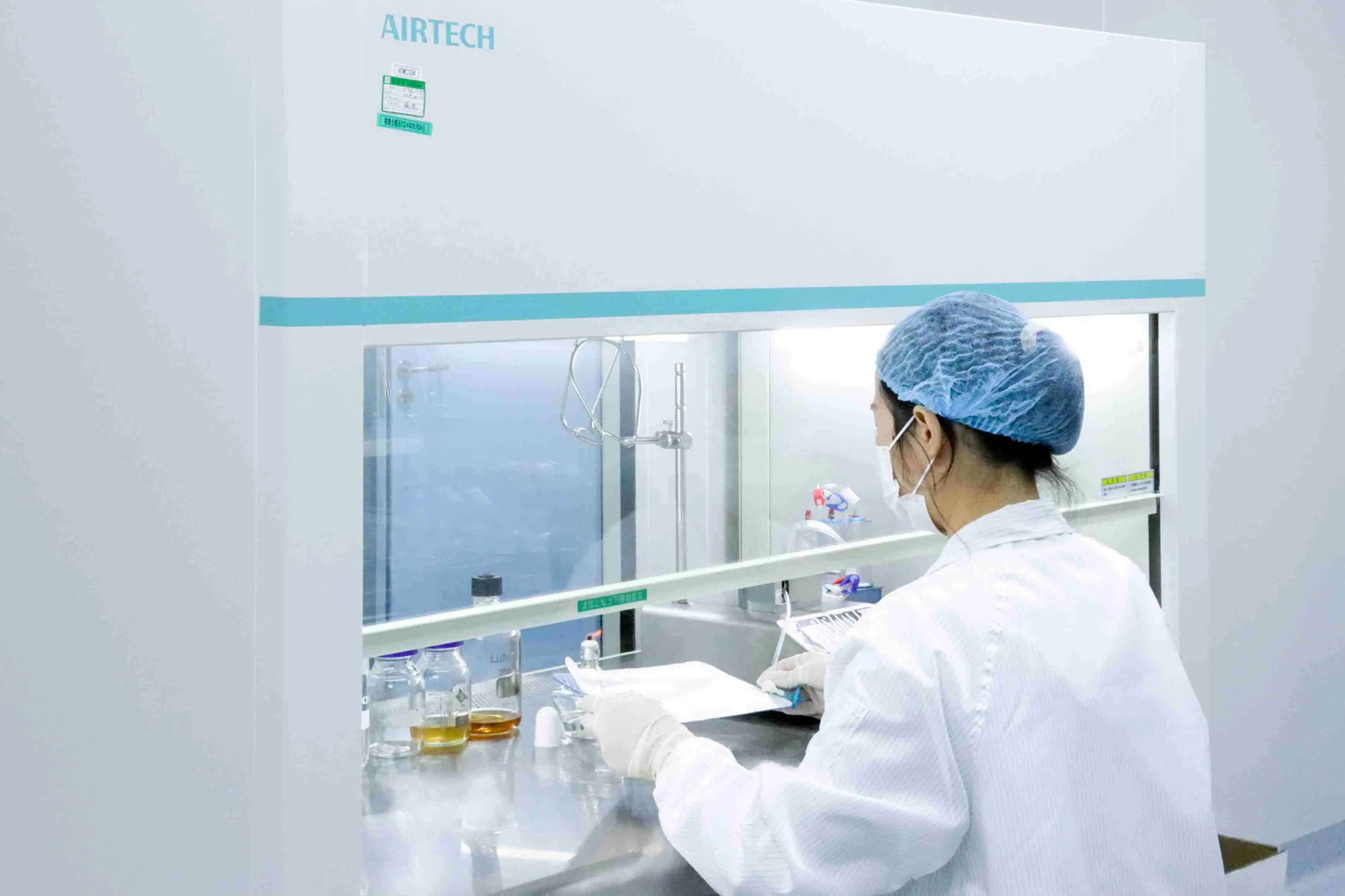
Key Updates and Changes
ISO 10993-1:2020introduces several updates and revisions compaRED to previous versions (e.g., the 2009 edition), aiming to enhance the applicability and scientific rigor of the standard. Key changes include:
1. Risk Management Approach
Risk-Based Evaluation: The 2020 version emphasizes the central role of risk management. It requires manufacturers to use a risk assessment approach to determine which biological tests are necessary, based on the specific characteristics of the product.
The risk management process shoULd consider factors such as the use environment, contact duration, frequency, and type, and comprehensively evaluate all potential biological responses.
2. biocompatibility Evaluation Process
Assessment Framework: The standard provides a structured framework for biocompatibility evaluation. Manufacturers must choose appropriate test methods based on the device's classification (e.g., type and duration of contact with the body).
Evaluation should include specific considerations of contact characteristics and time, combined with relevant clinical data.
For low-risk devices, prior biological evaluation results can be leveraged to minimize unnecessary testing.
3. Testing Requirements and Selection
Types of Tests: ISO 10993-1:2020 clarifies the requirements for various biological tests, including cytotoxicity, sensitization, irritation, and more.
Use of Existing Data: If literature or historical data demonstrate the safety of a material or product, manufacturers may bypass certain standard tests and reference relevant prior data (e.g., performance of the same material in similar applications).
4. Integration of Clinical Data
The updated standard places greater emphasis on integrating clinical data. It underscores the importance of combining preclinical and post-market clinical data—especially for devices with prolonged or long-term contact with the human body—to assess biocompatibility.
5. Emphasis on Device Lifecycle
Lifecycle Management: Biological evaluation should span the entire lifecycle of the device—from design and development, through production and clinical trials, to post-market surveillance and feedback.
For improved or modified devices or materials, evaluations should take into account all lifecycle stages.
6. Requirements by Device Category
ISO 10993-1:2020 defines different requirements for various types of medical devices, distinguishing between short-term, long-term, and implantable devices.
Devices under different contact conditions may require different types and levels of biological testing. For example, permanently implanted devices generally require more rigorous evaluation.
Classification of Medical Devices for Biological Evaluation
ISO 10993-1 classifies devices based on their mode, duration, and frequency of contact with the human body:
Category 1 – Short-Term Contact Devices
e.g., syringes or blood glucose meters. These have brief contact with the body and usually do not require complex evaluations.
Category 2 – Long-Term Contact Devices
e.g., urinary catheters or dialysis equipment. These devices stay in contact for longer periods and may require more comprehensive testing.
Category 3 – Implantable Devices (Permanent Contact)
e.g., pacemakers or artificial joints. These are in long-term contact with body tissues and must undergo rigorous biocompatibility assessment.
Risk Assessment and Testing Methods
The new ISO 10993-1 places stronger emphasis on integrating risk assessment into biological evaluations:
1. Quantitative Evaluation: For specific risks or adverse reactions, quantitative data may be necessary to support conclusions.
2. Use of Existing Data: Existing research and prior product data can be used to reduce redundant testing and accelerate compliance.
Application Areas
ISO 10993-1:2020 applies to all medical devices that involve contact with the human body, including but not limited to:
1. Implants(e.g., heart stents, artificial joints)
2. Diagnostic Devices(e.g., blood glucose monitors, thermometers)
3. Surgical Instruments(e.g., scalpels, sutures)
4. Short-Term Contact Devices(e.g., needles, catheters)
Summary
ISO 10993-1:2020emphasizes flexibility in biocompatibility assessment and promotes a risk management-based approach. Manufacturers are expected to select the most appropriate biological tests based on actual product characteristics and intended use. This edition strengthens the role of risk evaluation, reduces redundant testing, and gives greater importance to clinical data—making biological evaluation more scientific and efficient.
Email:hello@jjrlab.com
Write your message here and send it to us
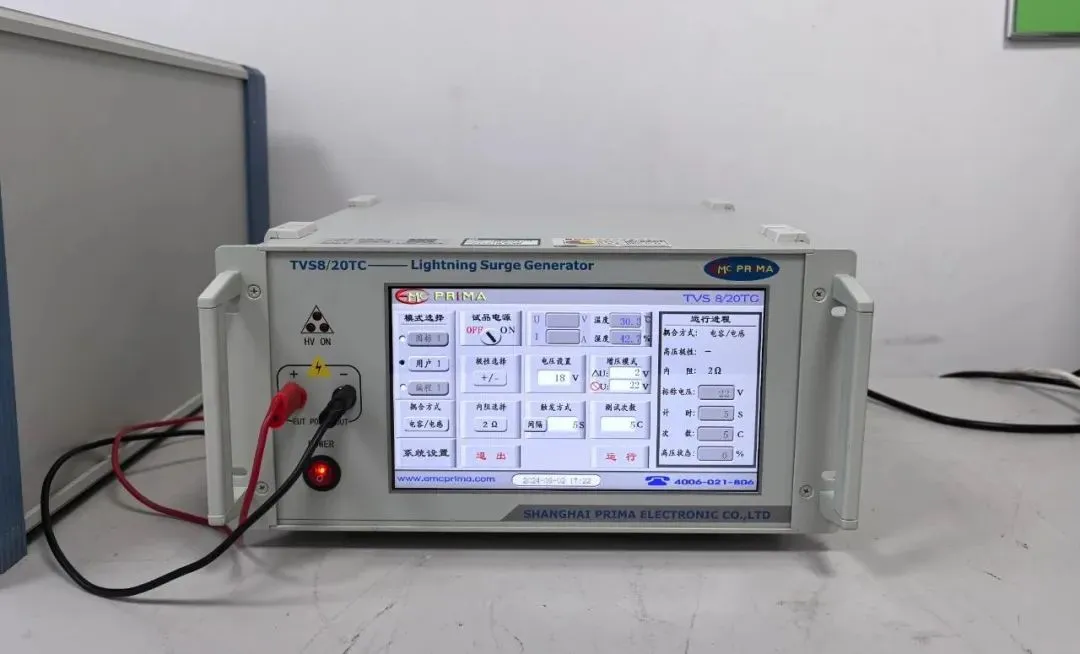 New METI Registration Regulations in Japan
New METI Registration Regulations in Japan
 Attention for Amazon Japan Sellers: New PSE Regula
Attention for Amazon Japan Sellers: New PSE Regula
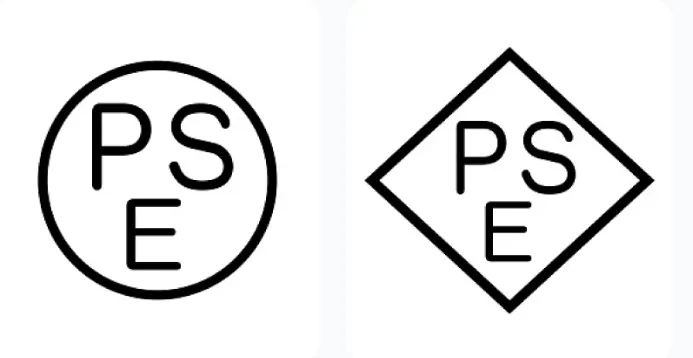 Compliance with Japanese Representative & METI
Compliance with Japanese Representative & METI
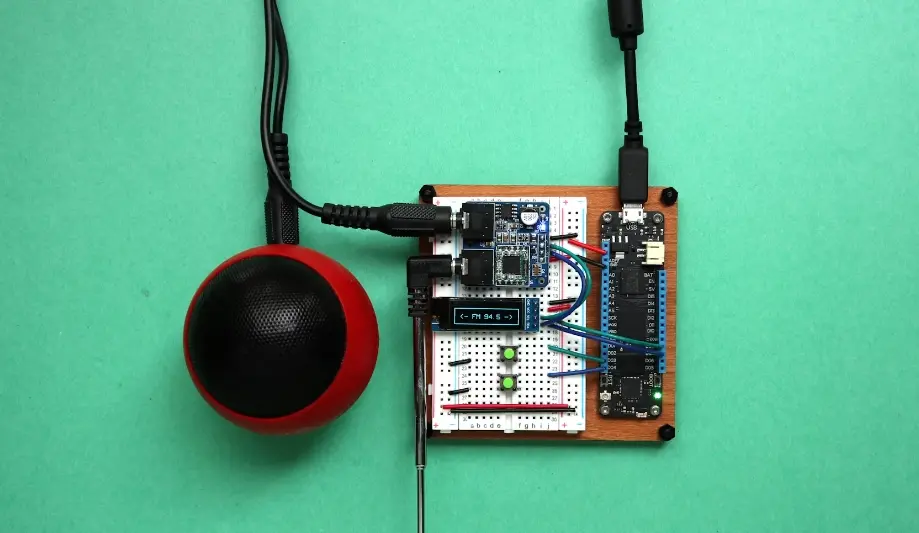 ZigBee-LoRa-Z-Wave Product compliance testing
ZigBee-LoRa-Z-Wave Product compliance testing
 Compliance Testing for FM/AM/DAB/DMB Broadcast Rec
Compliance Testing for FM/AM/DAB/DMB Broadcast Rec
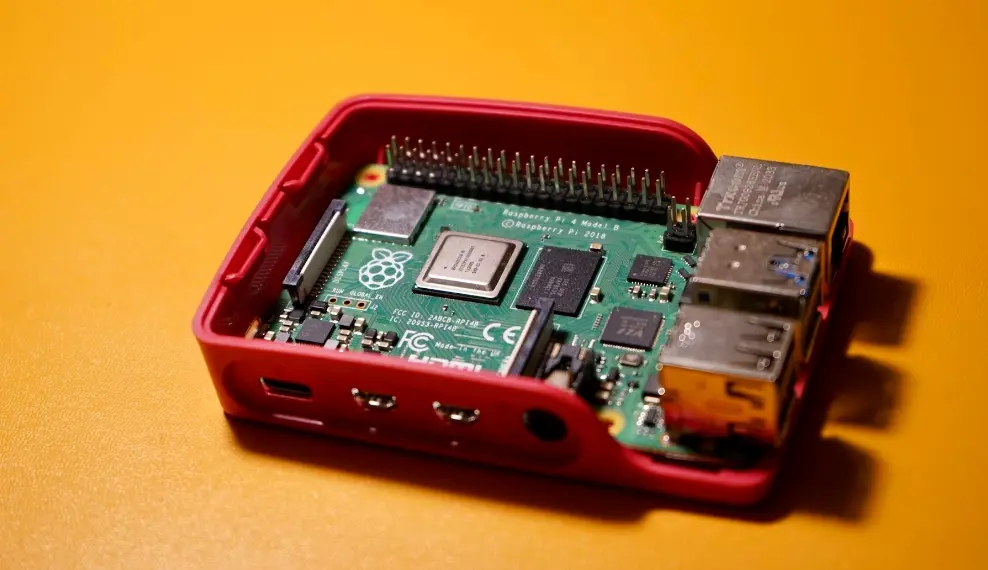 NFC/RFID Product Compliance Testing
NFC/RFID Product Compliance Testing
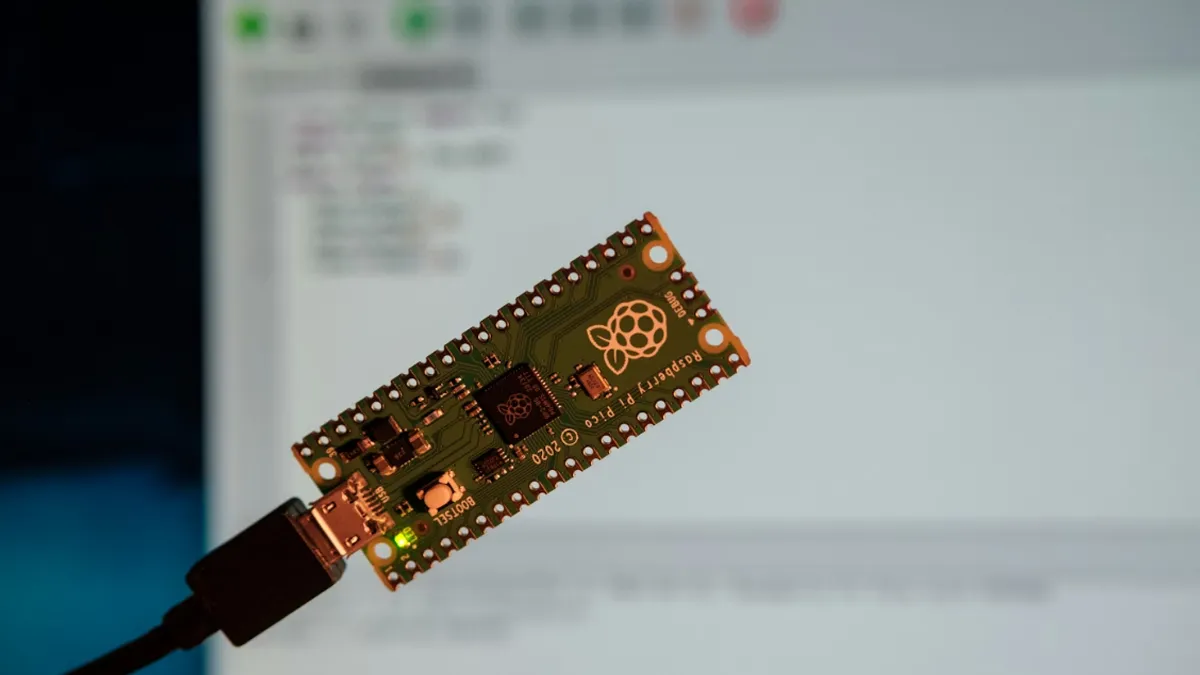 IEC 62368 Safety Standards Test Items and Requirem
IEC 62368 Safety Standards Test Items and Requirem
 How to Obtain EU EN 62368 Compliance Certification
How to Obtain EU EN 62368 Compliance Certification
Leave us a message
24-hour online customer service at any time to respond, so that you worry!




